|
Our second to last day in Israel would be one of the lightest on our itinerary. We left our hotel, the St. Gabriel, in Bethlehem after a filling buffet breakfast. It took a little under half an hour to drive from the hotel to the top of the Mount of Olives. While we had been here just two days before to take in the magnificent views of the ancient city of Jerusalem and to visit the Garden of Gethsemane, today, this would be our starting point as we would be exploring the Upper Kidron Valley which separates the Mount of Olives from the Temple Mount and the ancient city. The modern Kidron Valley stretches approximately 20 miles from just north of the ancient city through the Judean Desert and ends at the Dead Sea. In biblical times, the Kidron Valley referred to the stretch in the vicinity of the ancient city of Jerusalem and is dominated on its western slope by the seemingly endless Jewish cemetery that dates back to the First and Second Temple periods (1000 BC to 70 AD). We walked down the valley beginning just north of the ancient city with the cemetery on our left and the Eastern Wall of Jerusalem on our right. With the exception of the contemporary rooftops that could be seen on the hills to the south, one could easily imagine making this same walk 2000 years ago. One of the most prominent ancient monuments lies directly between the Mount of Olives and the Eastern Wall - The Tomb of Zechariah. It is carved from a single stone and was built in the 1st century AD at the end of the Second Temple Period. We ended our walk down the Kidron Valley at Mount Zion, just south of the ancient city. On the slopes of Mount Zion is the Church of Saint Peter, initially built in 457 AD to commemorate Peter’s denial of Christ and repentance. The church was destroyed in 1010 AD by Arabs and then rebuilt by the Crusaders in 1102. The current church was rebuilt in 1932 but houses beautiful Byzantine mosaics that were excavated during the rebuild and are thought to be part of the original shrine from the 5th century. Beneath the church are a succession of caves dating back to the Second Temple period and since many believe that this site was the home of the High Priest Caiaphas, who condemned Jesus to death, the caves are also believed to be where Jesus was imprisoned before his execution. Beside Saint Peter’s Church, are the remnants of an ancient set of stone steps that descend from Mount Zion to the Garden of Gethsemane. They are reputed to be the steps that Jesus and his disciples descended on their way to the Last Supper. We finished our tour of the Kidron Valley at another major religious site on Mount Zion - King David’s Tomb. Many believe that King David's Tomb is the burial place of David, King of Israel. Formerly a mosque, it was converted into a synagogue following the establishment of the State of Israel in 1948. While we were leaving the synagogue, a small group of dancers performed in a room just outside the alcove where the tomb is located. We walked from the synagogue and entered the ancient city through the Zion Gate which leads into the Armenian Quarter of Jerusalem. The Armenian Quarter comprises the southwestern part of the old city and is home to some of the oldest surviving churches in the Jerusalem including St. Marks Chapel and Saint James Cathedral. Because of the waning number of Armenians in Jerusalem, this quarter of the old city is quietest and most peaceful. We exited the Armenian Quarter at the Jaffa Gate which leads directly into Mamilla Mall, also called Alrov Mamilla Avenue, an upscale shopping street which consists of a pedestrian promenade lined by 140 stores, restaurants, and cafes. While it has a variety of international shops such as Zara, Tommy Hilfiger, Pandora, Swarovski, The North Face, GAP, and more, we elected to walk past these stores and found a restaurant called Caffit 1987 on an adjacent street where we enjoyed a late afternoon lunch of pasta and pizza. 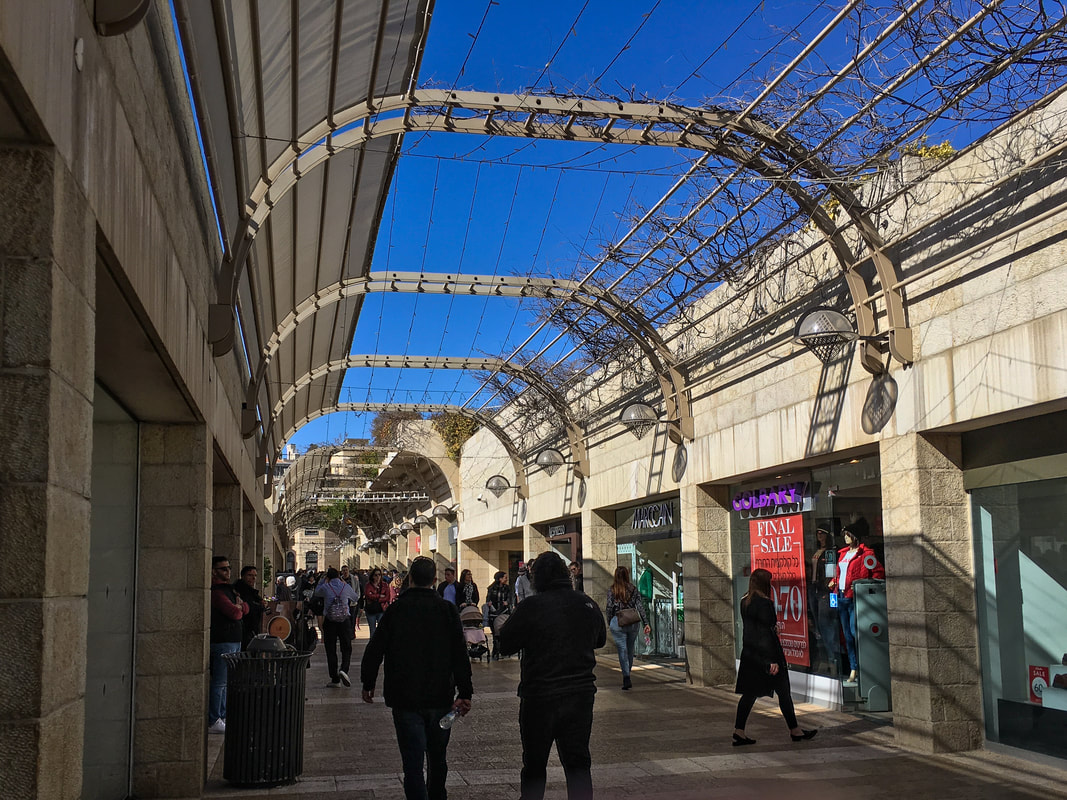 Following our lunch we walked back to the promenade outside the Jaffa Gate where we reconvened with the rest of our group to return to our hotel in Bethlehem. Once we arrived at the hotel Kim and I decided to take a walk around the area since it was such a pleasant and sunny afternoon. The narrow streets were quite busy with both cars and pedestrians. Makeshift sidewalk food stands were set up all along the streets displaying fruits, vegetables, meats and other goods. We walked for about half an hour covering a couple of blocks around our hotel before returning and getting ready for dinner. Tonight would be a relatively quiet night as we needed to pack and prepare for our last day in Israel.
Are you considering a trip to Israel? Reach out for expert advice and assistance with your holiday planning. Continue to Day 9 - click here
0 Comments
Your comment will be posted after it is approved.
Leave a Reply. |
Sharing Our Travel DreamsSharing our personal experiences onboard and on the road, along with tips and insight for creating memorable vacations. Archives
March 2021
Categories
All
|
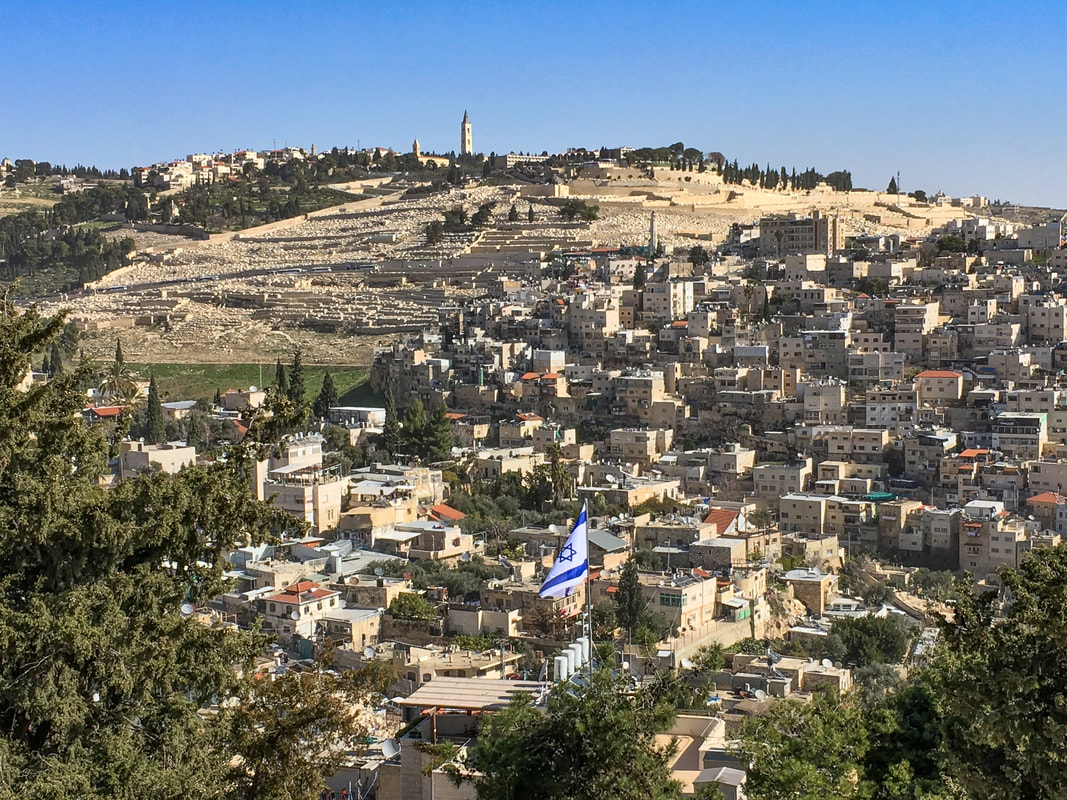
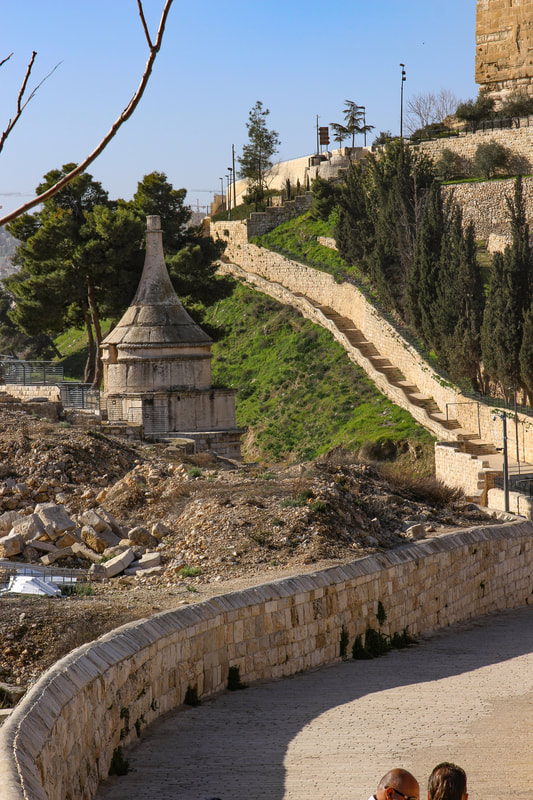
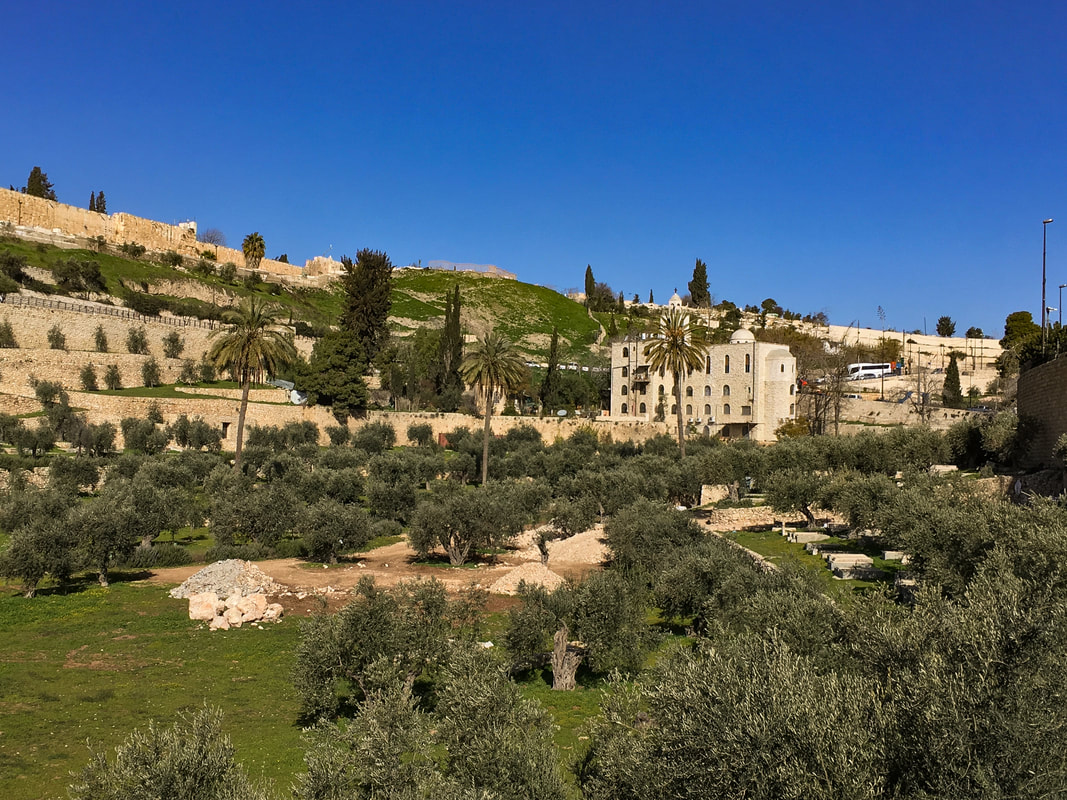
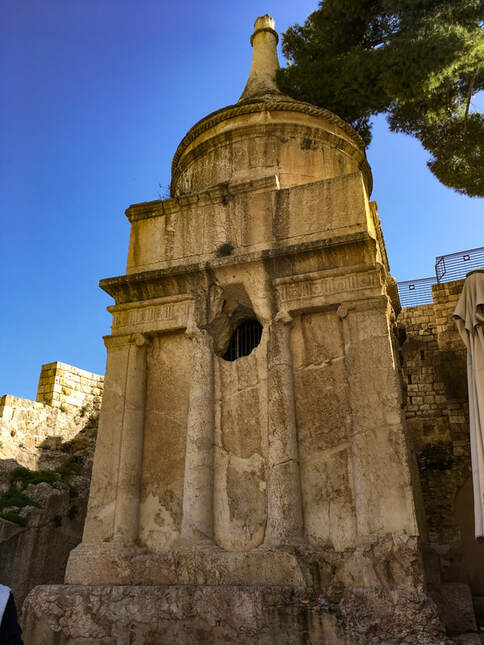
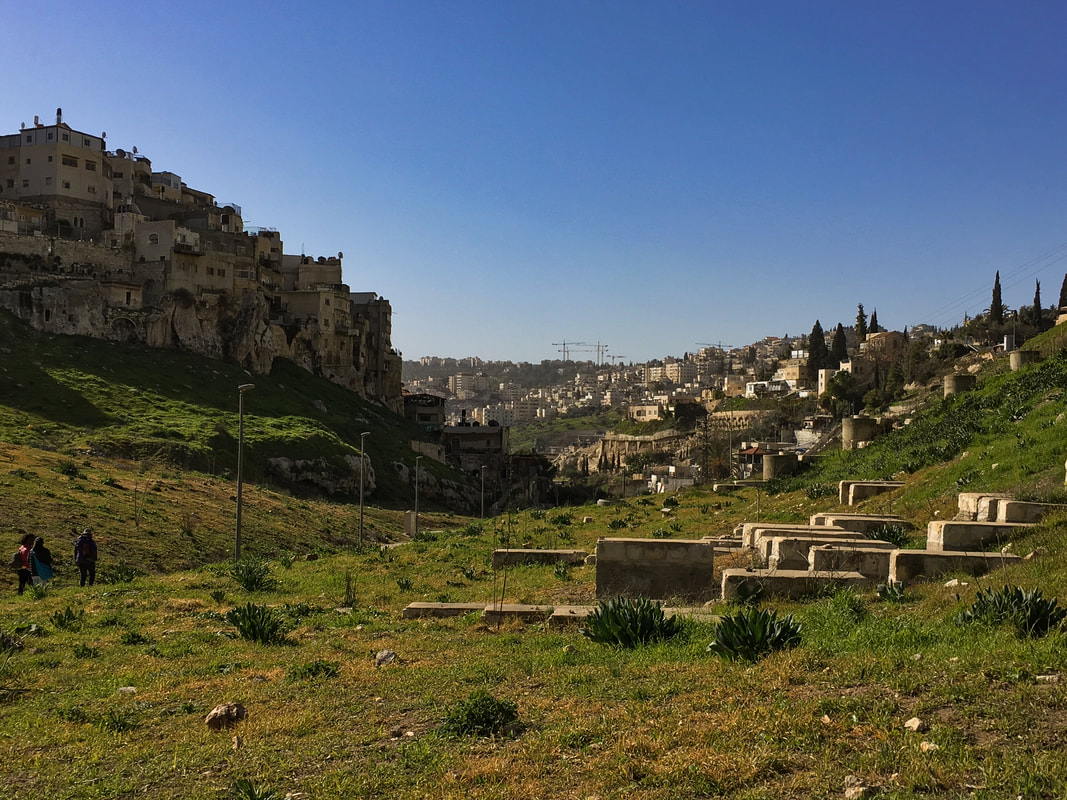
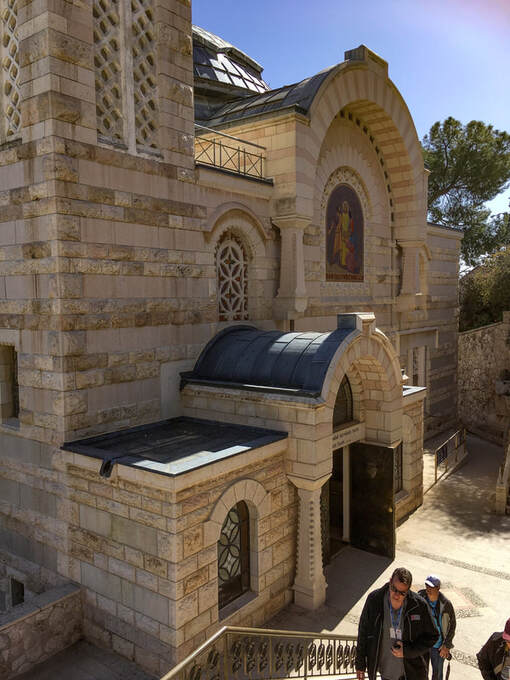
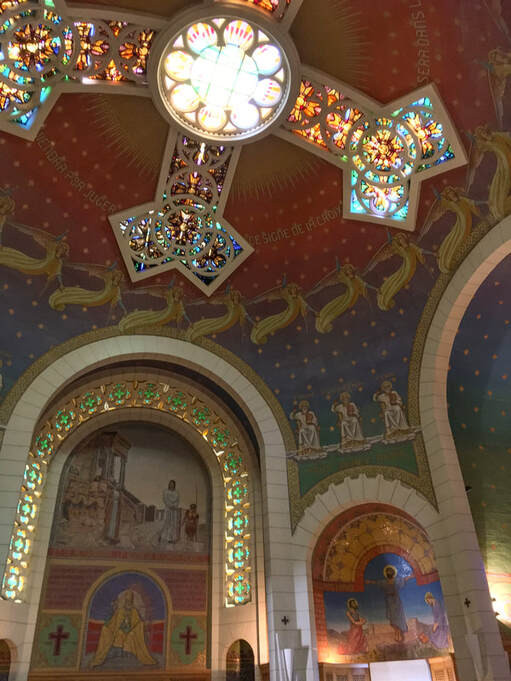
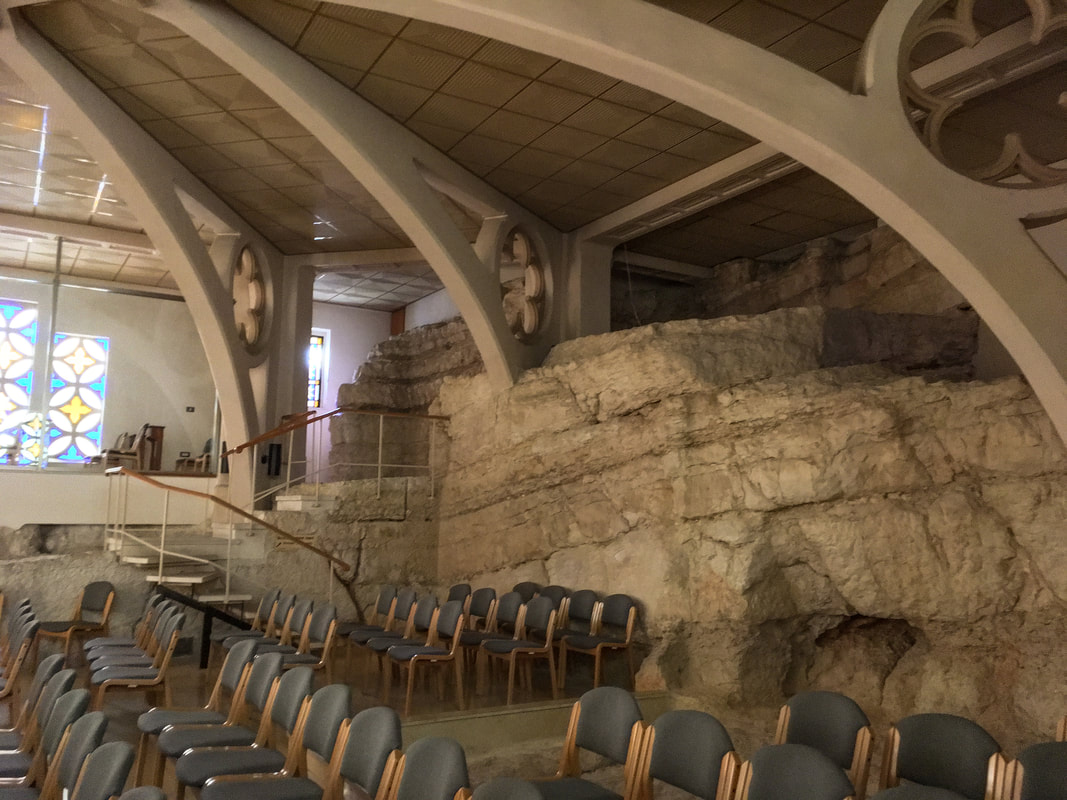
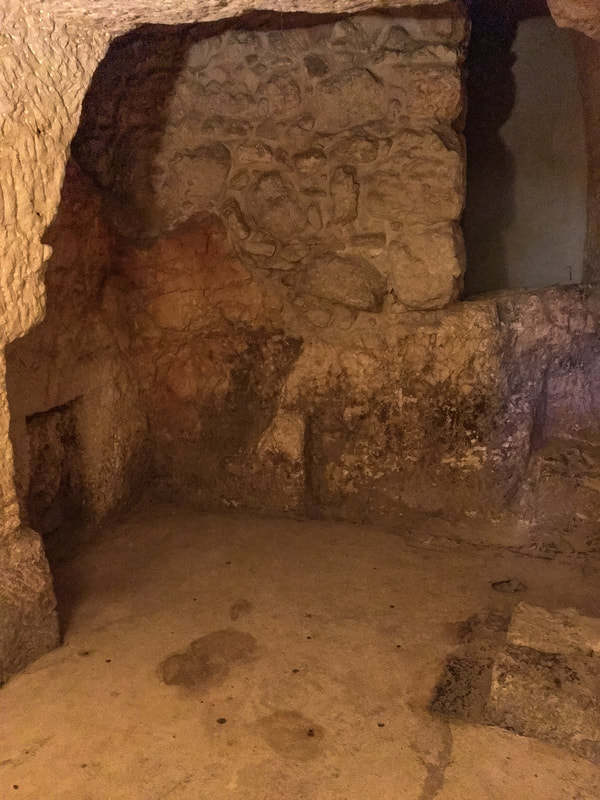
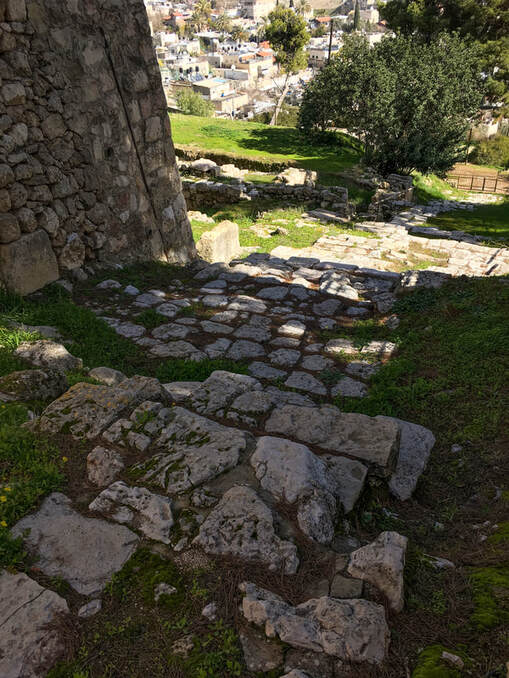
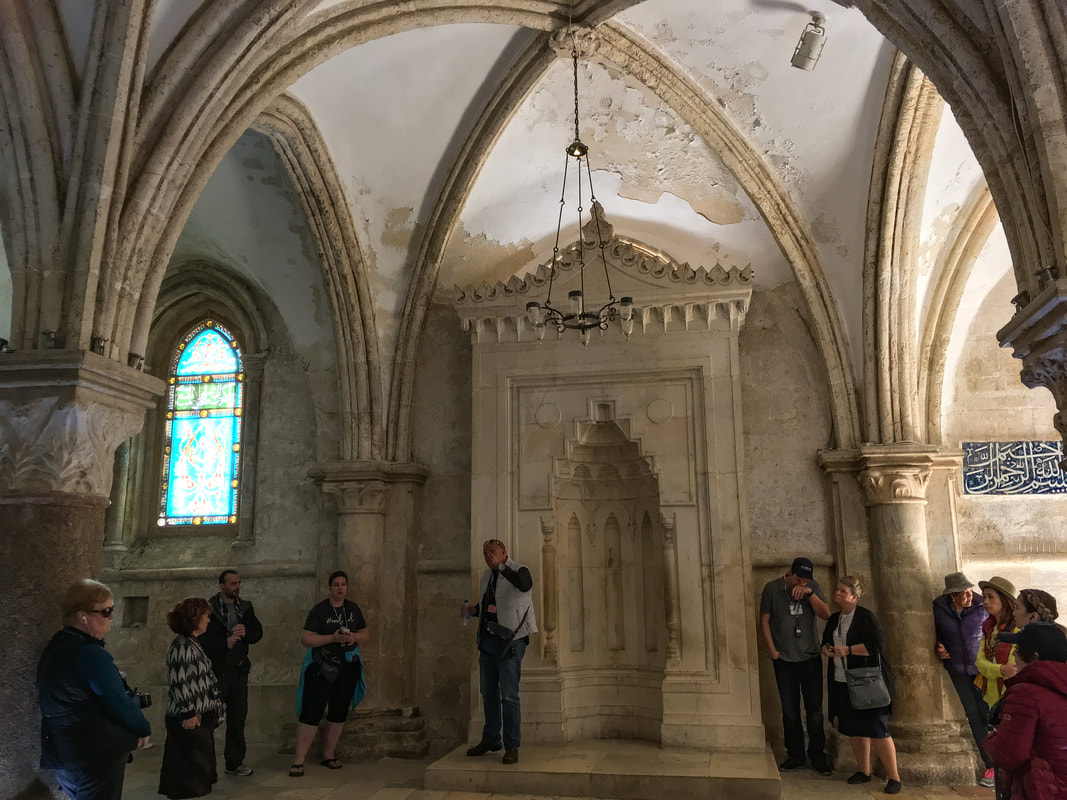
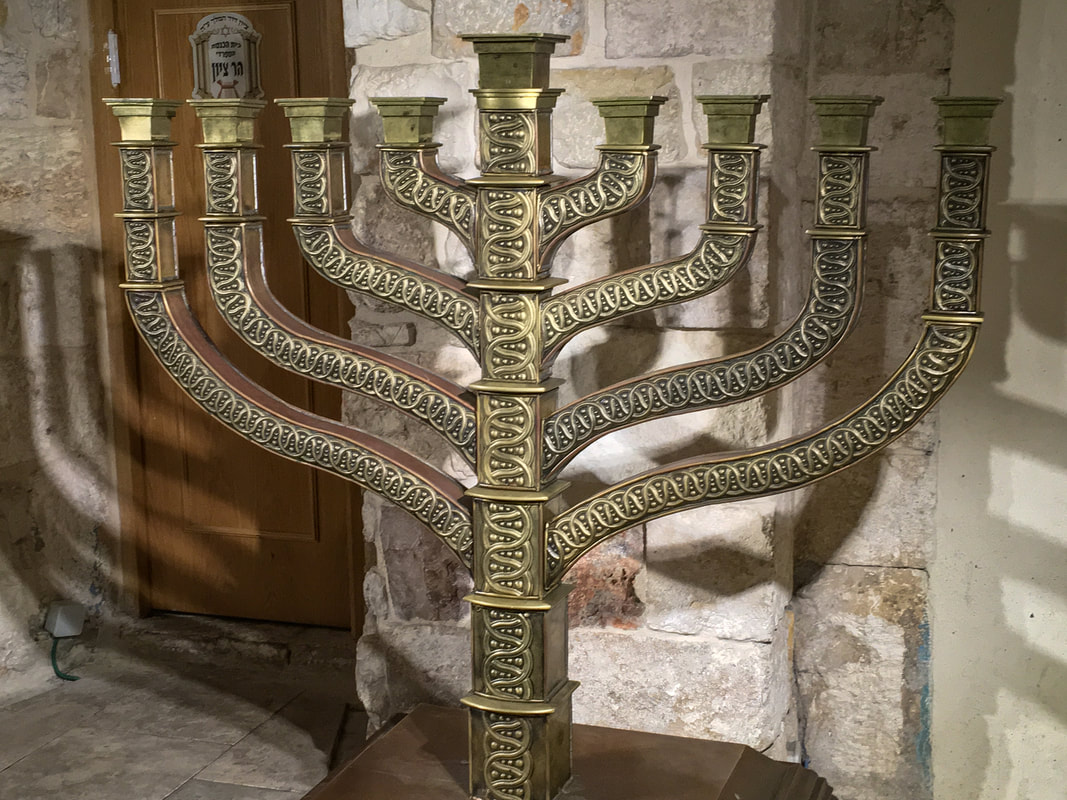
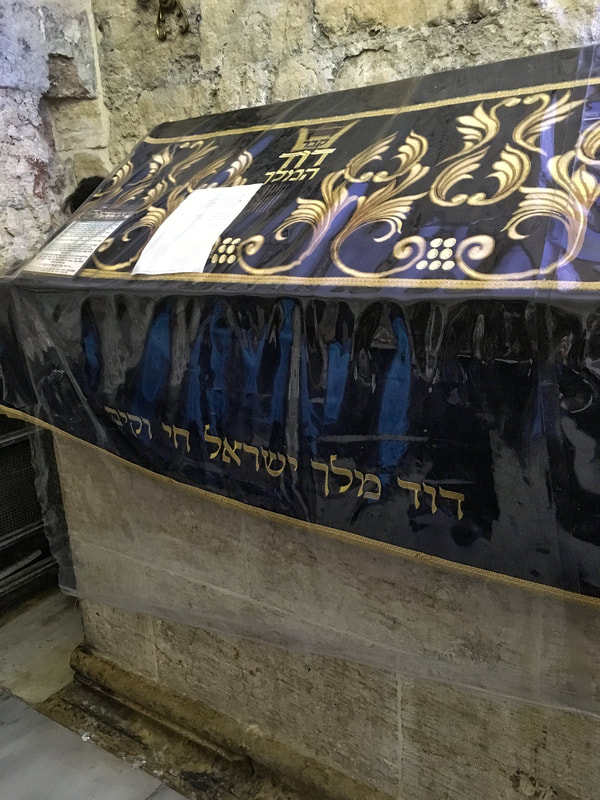
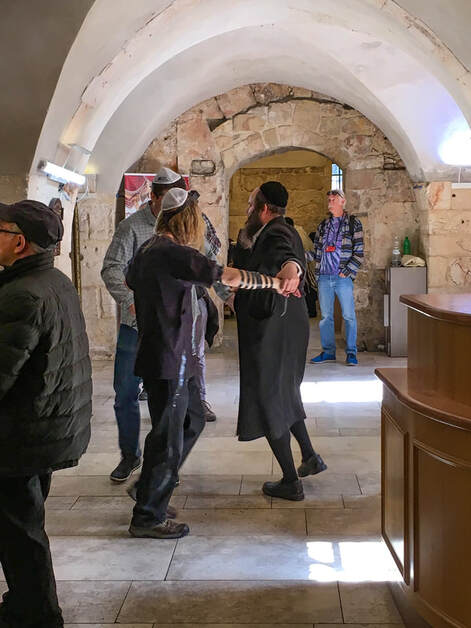
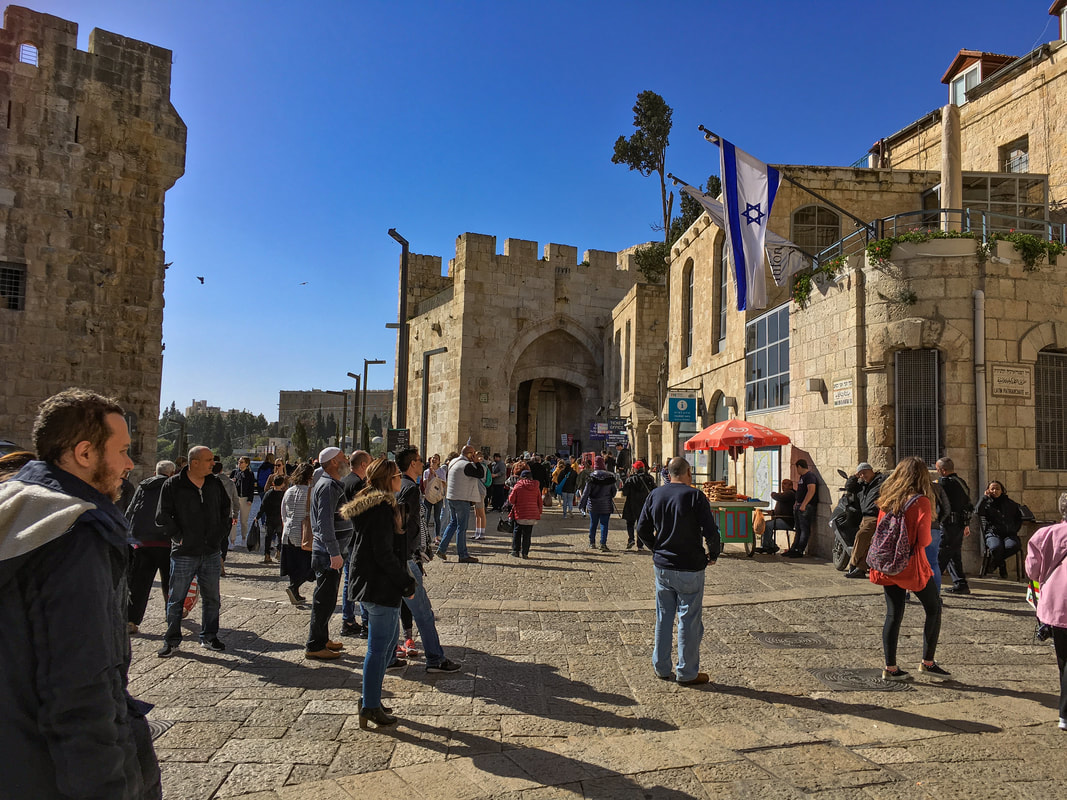
 RSS Feed
RSS Feed